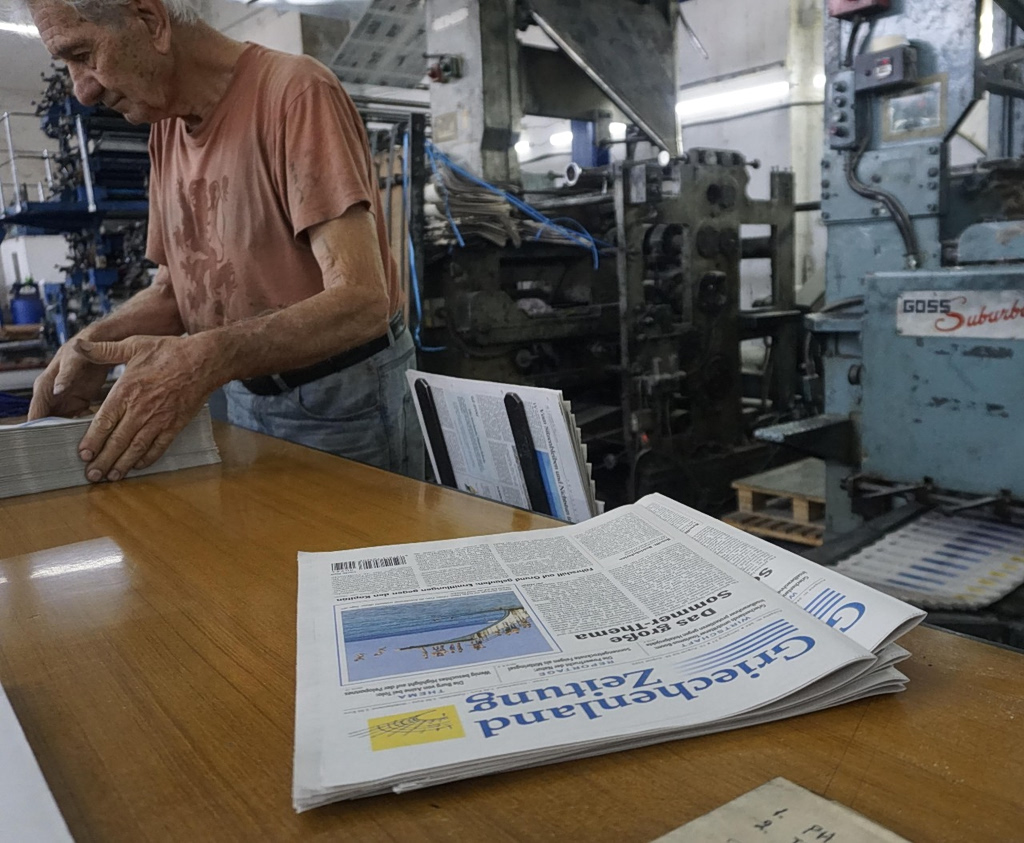The British ocean liner S.S. ARCADIAN, which was torpedoed by a German submarine and sunk during World War I, taking 279 men to their deaths, has been discovered by researcher Kostas Thoktaridis and his team southeast of Sifnos, at a depth of 163 meters.
“The quality of the primary metals used in the construction of the Arcadian has undoubtedly played a significant role in the preservation of the wreck to this day. Underwater research suggests that the bow of the Arcadian initially touched down on the Aegean seabed, resulting in visible deformations of the plating.
Due to the ship’s length (152.4 m) and in relation to the depth of the sea area, which is only 163 meters, the grounding of the bow helped to align the hull on the seabed, resulting in it remaining stable on the seabed even today,” Thoktaridis told the Athens News Agency.
On 15 April 1917, the S.S. ARCADIAN was en route from Thessaloniki to Alexandria with a company of 1,335 troops and crew and escorted by a Japanese Navy destroyer. Shortly after completing a boat drill, 26 miles northeast of the Greek island of Milos, Arcadian was hit by a single torpedo from the German submarine SM UC-74 and sank within six minutes with the loss of 279 lives.
Of the passengers, 1,058 people were rescued, while the remaining 279 were lost at sea in the Aegean. Of these, 34 were crew members, two were civilians, ten were Navy officers, and the rest were military personnel.
The search for the S.S. ARCADIAN began with research of primary sources in British and German archives and the gathering of significant information that led to the discovery of the ocean liner at the bottom of the Aegean Sea. The wreck is located at a depth of 163 meters southeast of Sifnos and is preserved in excellent condition, making it one of the most impressive shipwrecks in Greece as it is intact



